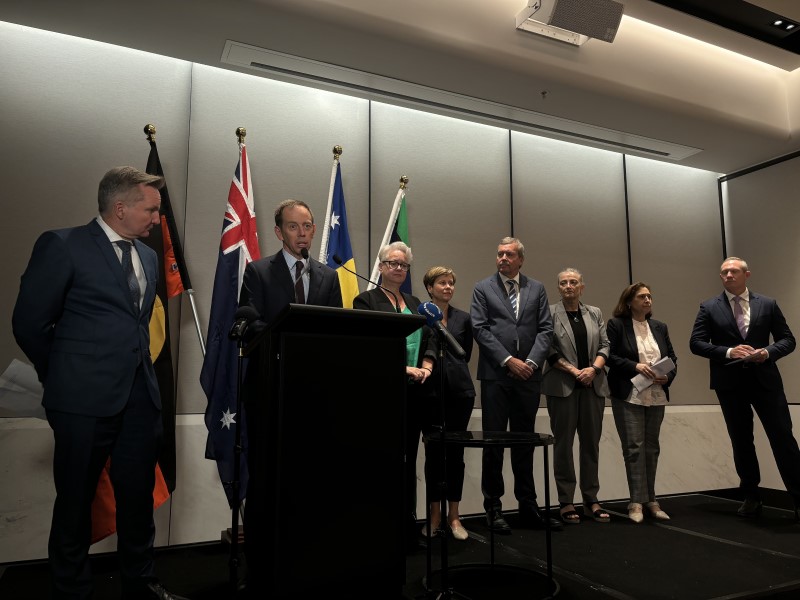Australian energy ministers will develop nationally consistent standards and a new regulatory framework for household solar and vehicle-to-grid technologies to help manage the risks, including cybersecurity, of a quickly changing energy system.
Development of a new National Consumer Energy Resources (CER) Roadmap was announced Friday by Climate Change and Energy minister Chris Bowen after the latest Energy and Climate Change Ministerial Council meeting in Canberra.
If approved by the Energy ministers in July, it will include a new regulatory framework for CER, the household scale technologies that can store or export energy to the electricity grid, and an implementation plan.
Cybersecurity is being considered after researchers warned of the growing risk of connecting more devices and a concentrated supply chain.
“Cybersecurity is a standing item on our agenda, we received certain updates on that today,” Mr Bowen said.
“…In relation to consumer owned energy, yes, cyber security will be one of the elements that the roadmap will relate to.”

The work on national standards under the CER roadmap will “enable vehicle to grid technologies”, according to the communique, allowing electric vehicles to operate like battery storage systems that store and discharge energy to grid.
Internet connected solar inverters, which convert the DC electricity from the solar panel to AC electricity used in the grid were flagged as a risk by the Cybersecurity Cooperative Research Centre in a report published in August 2023.
The supply chain for solar inverters is also highly concentrated, with more than 70 per cent of shipments reportedly originating from China.
The CER roadmap is also expected to include new consumer protections and network reforms to enable larger exports of solar power to the grid from household solar.
“We have an enormous amount of work to do to ensure that our system is designed for customer owned energy, and currently it is not,” Mr Bowen said.
“We have a system of rules, we have a system of grids, we have a system of arrangements which are built for large scale generation, which hasn’t kept up with the massive transformation of energy system.”
Standards Australia is also currently working with the Department of Climate Change and Energy on the development of standards for distributed energy resource technologies, which includes consumer energy resources in addition to larger assets like community batteries.
The new roadmap is unlikely to come with an industry support packages for the local manufacture of CER technologies. Mr Bowen pointed towards to the existing National Reconstruction Fund and the Prime Minister’s foreshadowing of an upcoming package to support Australia’s ambition to become a renewable energy superpower when asked about new industry support on Friday.
The CER roadmap is being advanced by a dedicated taskforce made up of representatives from all Australian governments as well as the three market operators, the Australian Energy Market Operator, the Australian Energy Market Commission, and the Australian Energy Regulator. It is supported by a stakeholder reference group.
A cross jurisdictional Consumer Energy Resources Working Group was established at the same time as the Energy and Climate Change Ministerial Council in September 2022.
Do you know more? Contact James Riley via Email.

